XLAs Are the New SLAs: Why It’s Time for Managed Workplace Services to Measure Employee Experience

More than ever, organizations understand the significance of a high-performing digital workplace for achieving transformative business outcomes. This has led to an uptick in demand for services that simplify IT delivery and support workforce flexibility by harnessing cloud infrastructure, SaaS applications, file sharing, 24/7 IT support, and more.
While the demand for IT services has grown, so has the vendor landscape. To thrive in an increasingly commoditized market, providers of managed workplace services must modernize their view of what it means to deliver value to the customer. It’s time to switch from legacy uptime SLAs (which have become an expectation, not a differentiator) to experience level agreements (XLAs). By making this change, providers can align their offerings to better support customers’ business outcomes, prove the value of their services, and increase profitability.
I recently participated in a webinar on this topic featuring Gartner Research VP David Groombridge, who overviewed the top challenges facing managed workplace service providers and how XLAs factor into the solution. This post expands on several of the ideas covered in the webinar, which was recorded and can be viewed for free here.
What Is an Experience Level Agreement (XLA)?
An experience level agreenment (XLA) is a contract between a service provider and a customer founded on the quality of employee experience with the provider’s services. For example, an XLA could establish an expected average experience quality of ≥80% with a plan to increase the expected baseline over time. XLAs are calculated by analyzing KPIs that influence end-user experience (EUX) with IT resources, such as hardware/software performance and user behavior.
Unlike SLAs, which focus on service availability, XLAs establish expectations for service performance. This distinction is key as it is the difference between embarking on a 3,000-mile business trip and being handed the keys to a minivan versus a ticket for a nonstop flight. The former makes long-distance travel available to you, while the latter considers what would make your travel experience fast and convenient.
Strengths and Weaknesses of Legacy SLAs
Traditional managed workplace services SLAs promise reliability, availability, and serviceability.
Reliability means the technology/service shouldn’t break.
Availability means the technology/service should be available for use all the time.
Serviceability means that when the technology/service fails, it must be fixed instantly.
Inherent to these promises is the knowledge that systems are bound to fail occasionally. The benefit of this model is that failure and success are easy to measure, allowing providers to establish clear goals and set thresholds. How many times did the service break? How many hours was it down for? How quickly was it restored? Underlying this model is the assumption that uptime is business-critical to the customer. Whenever an employee needs the service, the minivan should be there in working order, engine running.
Of course, uptime matters, but it alone can’t support modern workforce needs. Organizations continue to identify new ways to leverage technology to improve the employee experience, facilitate more productive and higher-quality work, and ultimately create a better final product for end consumers. Simultaneously, employee work styles and expectations for the performance of workplace technologies are rising as personal devices and applications become more sophisticated and digitally dexterous generations make up a larger percentage of the workforce.
Let’s return to those traditional SLAs and consider a few examples where uptime falls short of meeting business needs.
- Reliability: A service may be reliable most of the time, but if it isn’t during year-end or during an enterprise’s peak hours, the SLA isn’t truly reliable.
- Availability: A desktop may have 100% availability, but if it’s “slow” for the employee’s standards and how they work, the SLA is not meeting business requirements.
- Serviceability: When something breaks, the provider’s response time may be healthy, but what if the issue at hand has nothing to do with the SLA? While it may be beyond the provider’s scope, the truth is, a user or group of users have a resource that is down and no one to point a finger to other than their SLA provider.
As these examples show, it is important to measure and guarantee uptime, but not in isolation. That is why providers are starting to shift to using XLAs to demonstrate their commitment to users’ digital experiences.
How to Measure Experience Level Agreements (XLAs)
Unlike SLAs, XLA creation requires a means of quantifying employee experience. There are two ways of collecting this data. The first is to ask employees to rate their experience with IT assets. While this feedback is valuable for understanding how service quality is perceived, it doesn’t offer a robust, unbiased data stream for continuous improvement or allow providers to easily identify which resources are causing poor service quality. Often, it’s not enough to know that a user thinks their desktop is slow. What does slowness mean to them? And how can we put a number on it to establish performance trends and baselines?
The second option for measuring employee experience is to collect information about the performance of IT resources and how they impact productivity. This practice, known as digital experience monitoring (DEM), allows us to track real user interactions with all components of IT as well as the performance of those resources including hardware, operating systems, applications, peripherals, network, and more. That detailed monitoring data can be analyzed into an EUX score that provides an easy to understand, high-level indicator for establishing XLAs.
| EUX Score | Average Productivity Impact* |
|---|---|
| Excellent 97%+ | 98.5% – 0.6 hours per week |
| Good 90-97% | 93.5% – 2.6 hours per week |
| Fair 80-90% | 83% – 6 hours per week |
| Poor 80% and below | 70% – 12 hours per week |
Figure 1: Average productivity impact at different EUX levels based on Lakeside customer data
*Per employee working at a computer 40 hours/week
Benefits of Experience Level Agreements (XLAs)
For the managed workplace service customer, holding providers to XLAs helps ensure employee engagement and productivity which contribute to a better CX for their end consumers.
XLAs offer operational and strategic benefits to providers as well:
- Tracking EUX helps reduce service desk costs. For providers of IT support services, visibility into EUX helps agents identify issues proactively before an end user files a ticket. For example, an XLA might be “Company X’s power users should have an average EUX of 97% or higher.” Agents can investigate the EUX trend for that group, identify top impacts, and remediate them before an end user notices a decline in performance.
- Visibility into the root cause of issues helps providers avoid damage to their reputation for problems they didn’t cause. Earlier, I noted that SLAs leave providers on the hook even when circumstances are beyond their control. With DEM, providers can pinpoint the source of a problem and either resolve it if they are responsible or contact the responsible party (e.g. a SaaS provider with a bug in their application) to restore performance.
- Employee experience insights can be used to segment users into persona groups for easier management. DEM can help providers understand customer needs even better than customers themselves. Providers can augment existing persona programs or start segmenting to deliver assets and services based on data that shows what users currently have, how much they’re using it, and what their experience is like.
- XLAs increase customer loyalty, leading to higher revenue and customer retention. By creating high-performing digital workplaces, providers can prove their value and report on meaningful metrics that go far beyond uptime alone.
The webinar outlines all the benefits providers can achieve from monitoring user experience and adopting an XLA approach.
Improving Employee Experience with SysTrack
SysTrack is Lakeside Software’s leading digital experience monitoring solution that enables organizations to improve EUX for over three million end users worldwide. Architected to collect data on end-user devices, SysTrack provides detailed metrics on anything and everything impacting EUX, which it rolls up into a comprehensive EUX score.
I’ll close with a story of how one service provider used SysTrack to set XLAs and provide greater value to their customer. Prior to deploying SysTrack, the provider had limited visibility into problems happening across the customer environment and the quality of user experience they were delivering. Within weeks of implementation, they discovered numerous underlying issues that they were now able to diagnose and resolve within a matter of months. These problems included slow login processes and group policies, Windows 10 machines with sub-optimal performance that hadn’t been upgraded with SSDs, and persistent latency issues caused by incorrectly mapped drives. The provider used SysTrack’s EUX score to establish XLAs for their client. Over the course of resolving the issues they discovered with SysTrack’s detail analytics, the EUX score steadily increased, allowing the provider to clearly demonstrate the value they were bringing to the customer. Within a year, the provider was able to improve EUX across all systems from an average of 67% to 84%, translating to thousands of hours of productive time saved for the customer.
Get in touch for more information about how switching from SLAs to XLAs will help you improve service quality, reduce costs, and lower customer attrition.
Subscribe to the Lakeside Newsletter
Receive platform tips, release updates, news and more




